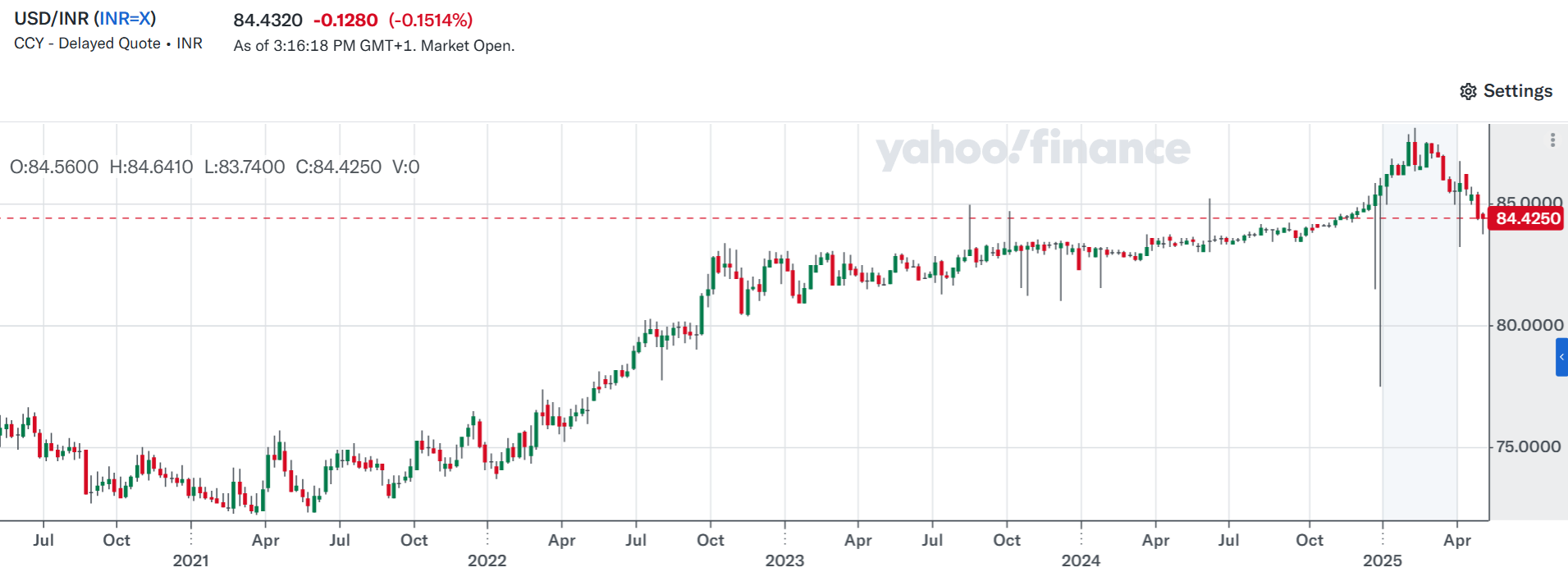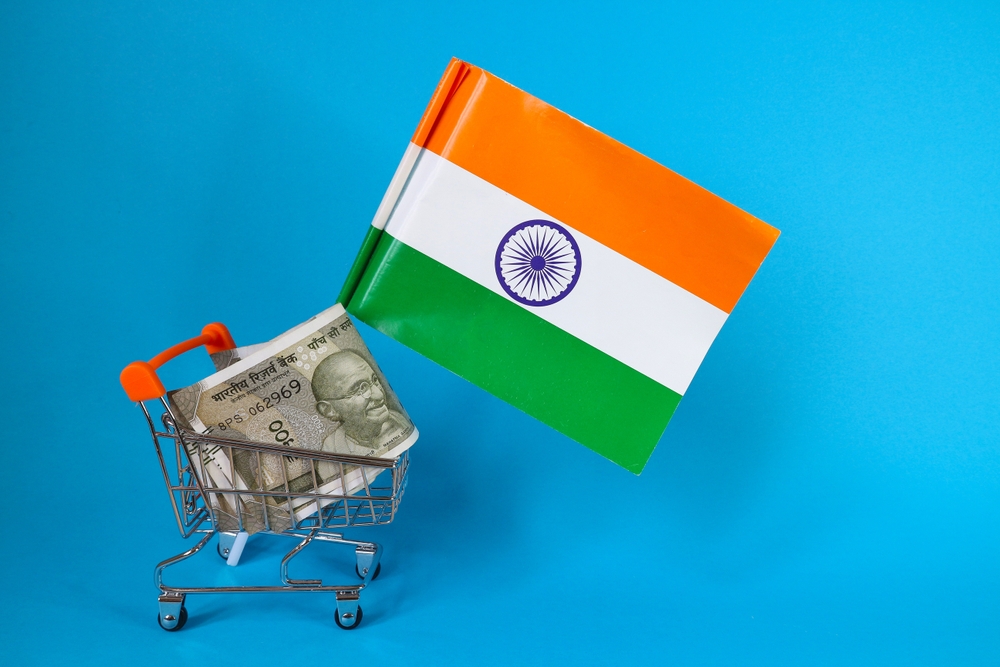
Source: Yahoo Finance
More Rupee-Based Trade
One of the Reserve Bank of India’s big goals right now is to get more countries to use the rupee in international trade. To help with that, it created Special Rupee Vostro Accounts (SRVAs), a system where foreign banks can hold rupees in India and use them to settle trade transactions directly, skipping the need for U.S. dollars or euros.
The idea caught on slowly. So far, banks from 30 countries have opened more than 150 such accounts, which together hold around 134 billion rupees ($1.60 billion). But there's a catch: current rules only allow these account holders to use 30% of their balances to buy short-term government debt like treasury bills. That restriction, originally meant to promote long-term stability, is now discouraging short-term trade activity, which is exactly what many of these banks want.
That’s why the RBI has asked the finance ministry to lift the cap. According to insiders, removing the limit could make these accounts much more attractive and support India’s push to get the rupee used more widely in global trade, especially by countries looking to move away from dollar dependency.
New Voice in Monetary Policy
There’s also been a change at the top. In May, Dr. Poonam Gupta stepped in as a deputy governor at the RBI, taking charge of monetary policy and financial markets. With a background at the IMF, World Bank, and one of India’s top economic think tanks, she brings serious international experience to the role.
She also joined the Monetary Policy Committee at a crucial time. Inflation in India has been dropping toward the RBI’s 4% target, and the committee has already cut interest rates twice this year. With Dr. Gupta’s appointment, the RBI may lean toward a more flexible, data-driven approach to managing growth and inflation.
A Slow but Steady Strategy
India isn’t trying to shake up the global financial system overnight. Its approach to reform is measured and careful. Instead of rushing into full capital account liberalization, the RBI is working on building confidence in the rupee through small but strategic policy tweaks.
Whether it's giving foreign banks more freedom or strengthening trade links through local currencies, these changes are part of a long-term plan to integrate India more deeply into global finance on its terms.




.jpg)
.jpg)


